Kyoto Shibori Museum
- Highlight
- Pieces by modern craftsmen are all worthy of being called works of art, with some looking like paintings
Get to know tie-dyeing passed down from the ancients
Said to be the oldest dyeing craft in Japan, tie-dyeing dates back some 1,300 years, and it has captivated a large following over the centuries with vivid but cultivated designs on kimonos as well as other Japanese clothing and small articles.
But, now, Japanese tie-dye is capturing attention around the world thanks to the production of tie-dyed scarfs and other small garments.
This is the only museum in Japan specializing just on the tie-dye theme. Visitors are able to leisurely enjoy the techniques and results via bimonthly special exhibitions arranged by tie-dye experts and film footage of the various processes. In addition, the museum offers three very popular scarf tie-dye courses, “Sekka shibori” “ita-shime-shibori” and “Kyo-arashi-shibori”, that visitors can try out.
Finished scarves can be taken home on the day. And, for visitors who want a technical challenge, the “fukusa course” awaits. This involves dyeing using the Kyoto dapple-pattern technique.
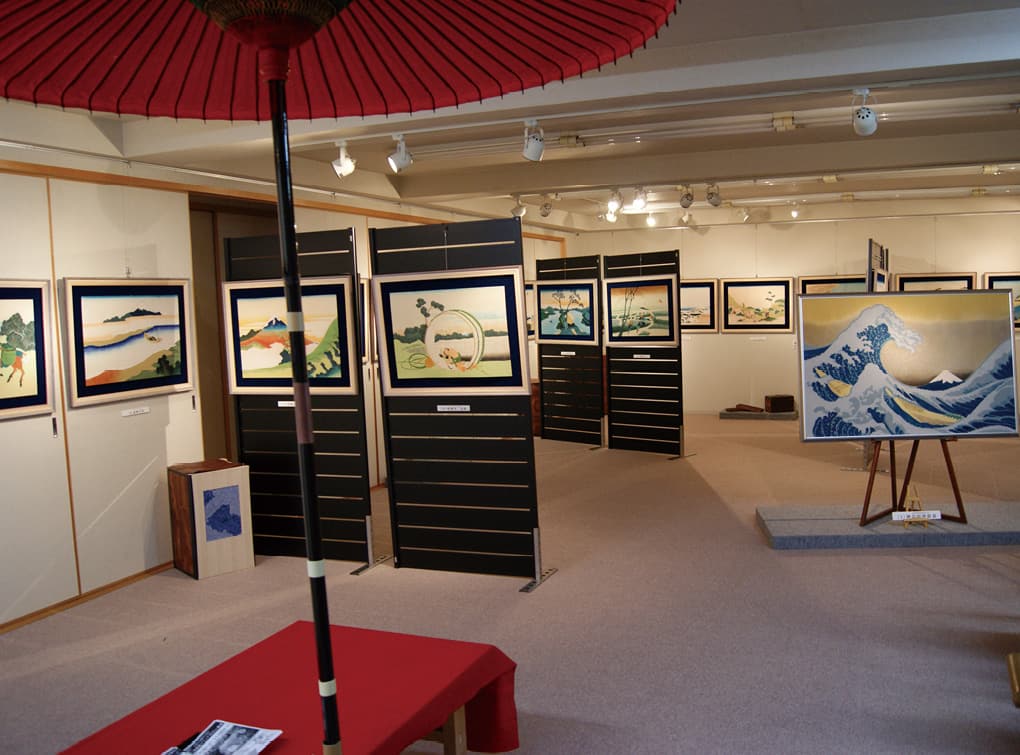

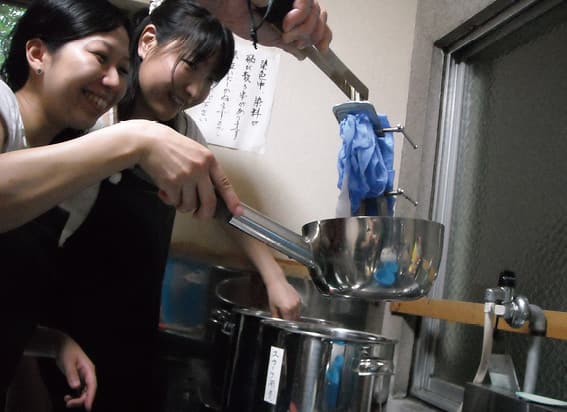
| Address | 127 Shikiami-cho Aburanokojidori Oike-sagaru, Nakagyo-ku |
|---|---|
| TEL | 075-221-4252 |
| FAX | 075-221-4253 |
| URL | http://shibori.jp |
| Hours | 9:00~17:00 |
| Closed | Sun |
| Adm | ¥1,000, Dyeing lesson: ¥6,600~ |
| Access | A 3-min walk from Exit 2 of the Tozai Line Nijojo-mae Stn/A 3-min walk from Horikawa-Oike Stop of City Bus |
| Parking | Space for 2 cars (Free) |
Facilities near by
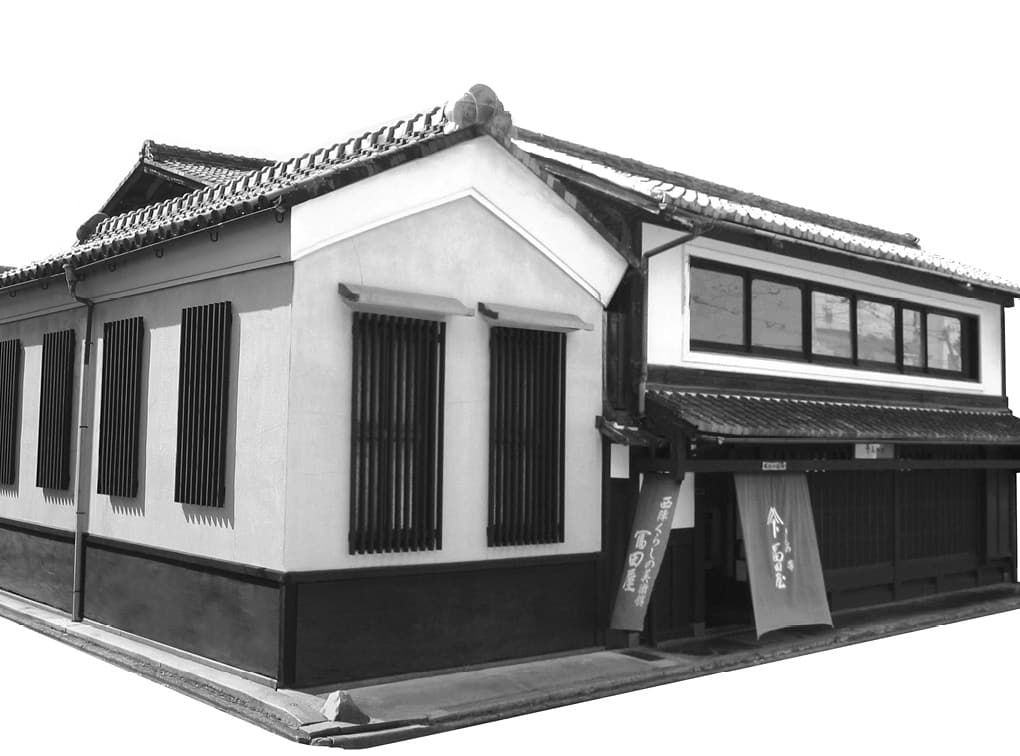
Nishijin Lifestyle Museum Tondaya
Experience the traditions that live on in Nishijin in a machiya townhouse
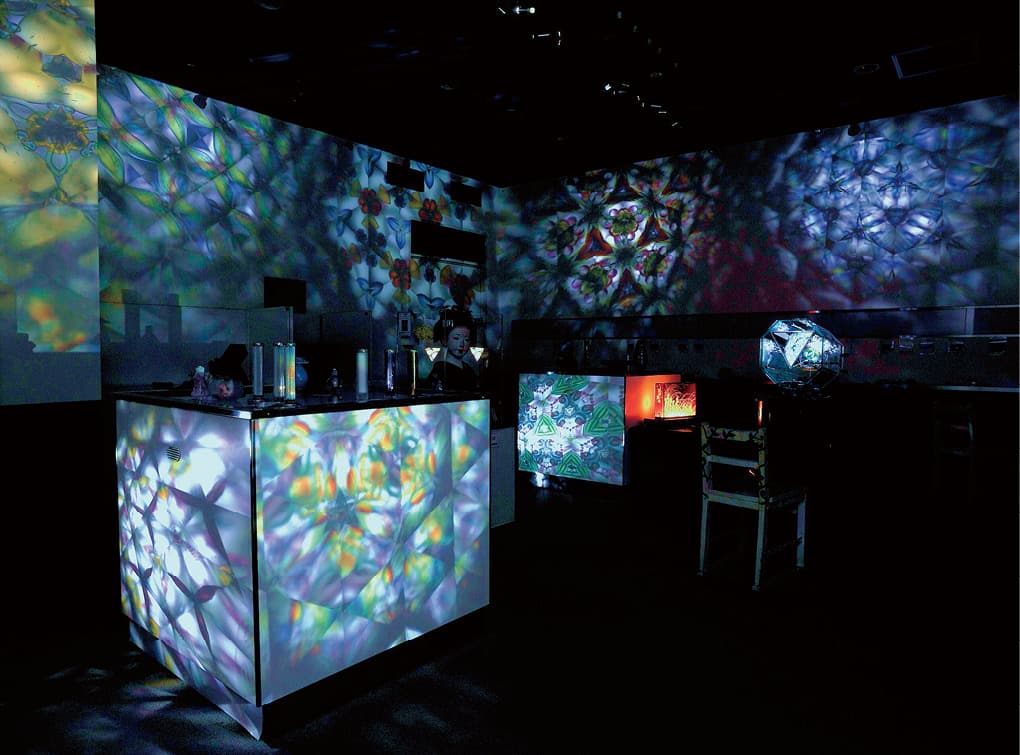
Kaleidoscope Museum of Kyoto
An art weaving light with mirrors
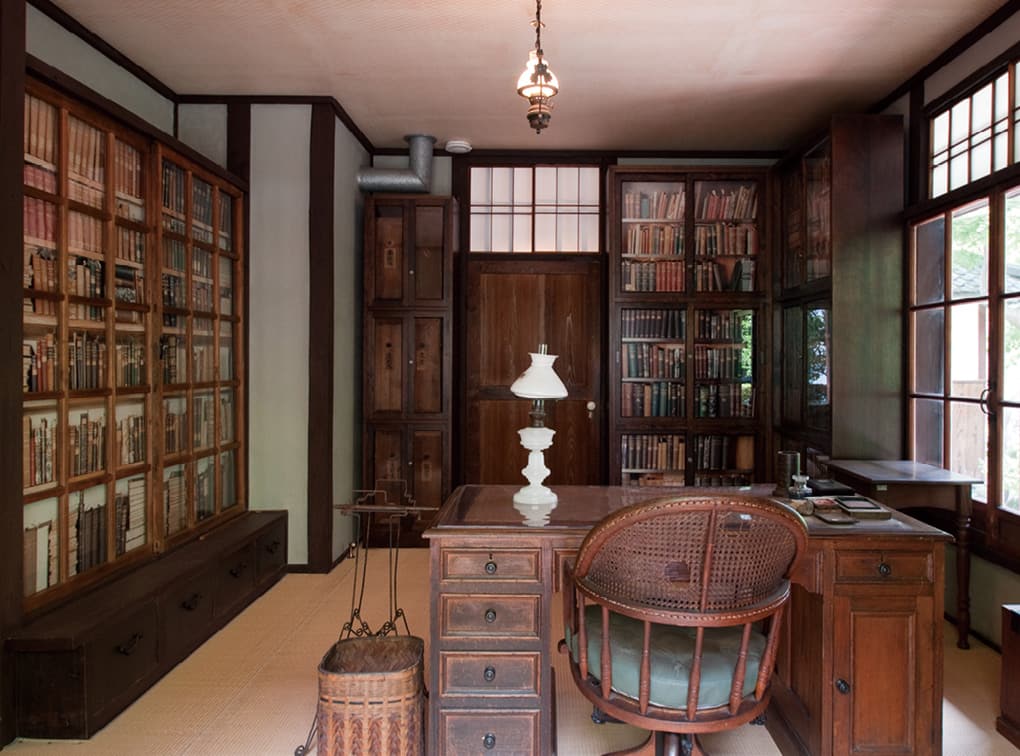
Neesima’s Residence
The home lived in by the founders of Doshisha University
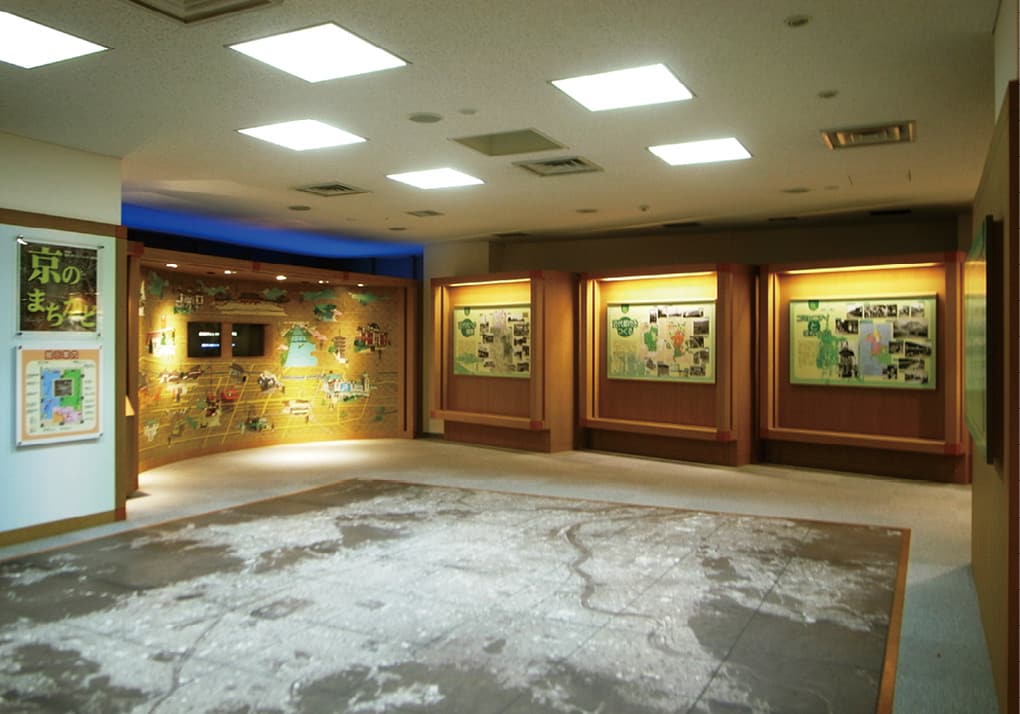
Kyoto Center for Community Collaboration
Supporting community-driven city planning
